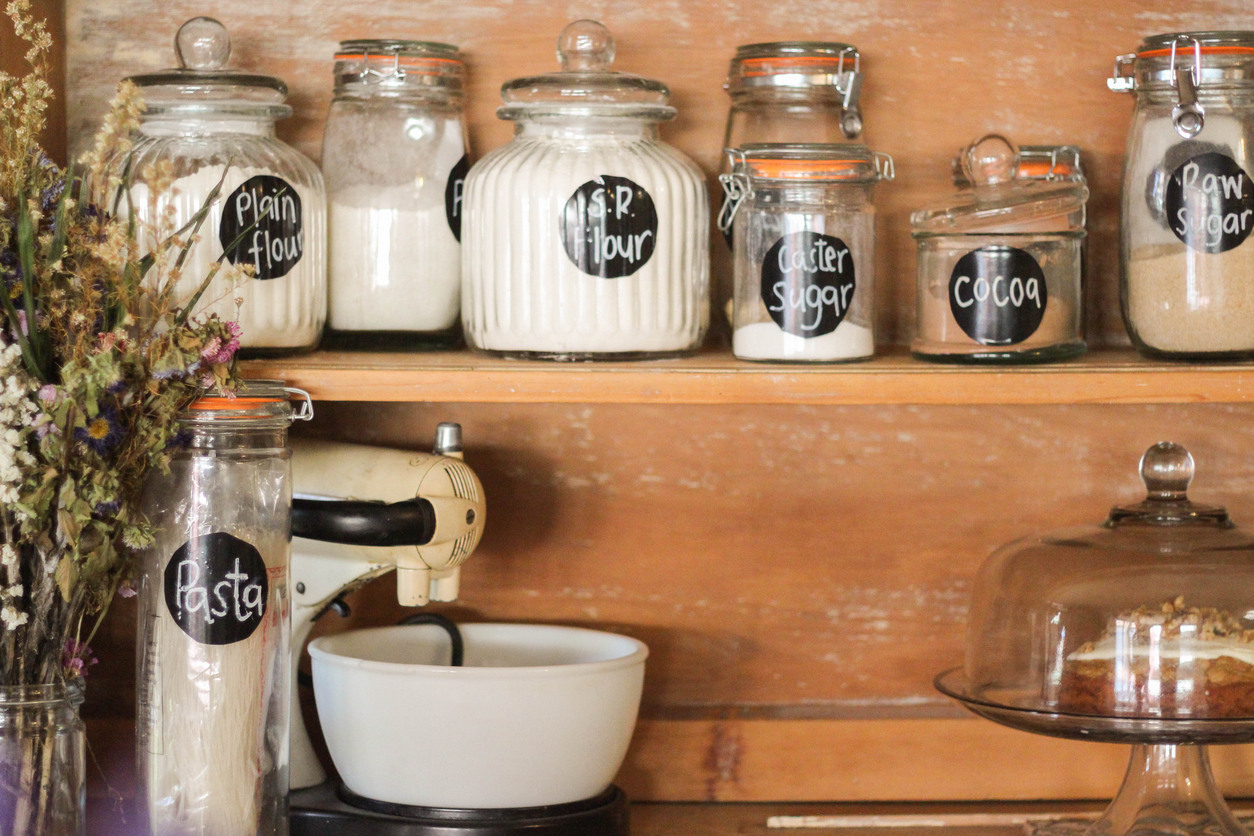We are excited to announce the second World Flour Day. How wonderful to have the opportunity to put flour centre-stage and celebrate its diversity, nutritional value and all the wonderful foods it goes into ....
-
About 30% of all food in the UK contains flour - from bread and pizza, pitta to sausage rolls, and sauces and snacks
-
Demand for flour in the UK is vast – we purchase 12 million loaves of bread, 5 million cakes and biscuits and 2 million pizzas EVERY DAY all made with flour milled in the UK
-
UK’s flour millers process 6.2 million tonnes of wheat each year to produce 5 million tonnes of flour
-
85% of the wheat used by UK’s flour milling industry is homegrown
-
After being milled, 70% of the flour produced in the UK ends up one of Britain’s bakeries; 10% is made into biscuits; 7% goes into other foods; 5% is exported; 4% is sold in shops as flour for homebakers; 3% goes into cake making
-
In the UK foods made from grains – including flour – contribute the highest fibre intake, more than fruit and vegetables
-
Flour is great for vegans – it provides, on average 35% of our calcium intake and 31% of our iron intake
-
Millers use their knowledge and skills to produce around 400 different types of flour, each suited to a particular purpose. The required characteristics of flour for bread is different to flour for cakes and different again to flour for fishfinger coating.
-
Flour milled in the UK is not bleached
-
Don’t think about this for too long, but more households in the UK buy flour-based products than toothpaste!
Where flour comes from
Flour is a natural product made from wheat. In the UK, about 85% of the flour we consume is milled from homegrown wheat. Some people worry that flour is over-processed but all that happens in the milling process is that the wheat seeds are opened up and the flour is scraped away from the bran coating and the wheat germ. Rather like opening an avocado and scraping the flesh from the skin and stone
Find out more about how flour is milled-
Wholemeal flour
This is made from the whole wheat grain with nothing added or taken away
-
White flour
This usually contains around 75% of the wheat grain. Most of the bran and wheatgerm are removed during the milling process
-
Stoneground flour
This is wholemeal flour ground in a traditional way between two stones
-
Plain flour
This flour has a lower gluten content than strong flour and is suited to biscuits and pancakes and other products that don't need to be risen. It can be used to make cakes if a raising agent is added
-
Brown flour
This usually contains about 85% of the original grain. Some bran and germ have been removed
-
Malted flour
This is brown or wholemeal flour with added malted grains. It is sometimes called granary flour, but this is in fact a trademarked flour produced by Hovis
-
Bread flour / strong flour
This flour had a high protein content, which will allow gluten to develop and is therefore good for making bread or pizza
-
Self-raising flour
This is low-gluten flour that have had chemical raising agents added. Suitable for cakes, scones and other products that rise
How to store flour

Like all foodstuffs, flour should be stored in a certain way to keep it at its best. We have some handy hints for you on how to store flour, plus some hints and tips for preventing and getting rid of flour infestations
Flour can be stored in its original packaging or in an air tight container on a shelf or in a cupboard in a cool part of your kitchen. You shouldn't mix old flour with new flour.
Wholemeal flour keeps for less time than white flour as the oils from the germ and bran can become rancid. Wholemeal flour will normally keep for about three months while white flour will be okay to use for six to nine months
The role of flour in the diet
It's not a well known fact, but flour is a major contributor to significant quantities of vitamins and minerals. All the data outlined below and on the pages we link to is taken from the UK government's National Diet and Nutrition Survey

Teenagers get more calcium from eating flour-based products than they do from milk and dairy products

In the UK we get more iron from flour-based products than we do from eating meat

Teenagers get more fibre from flour than from any other source
